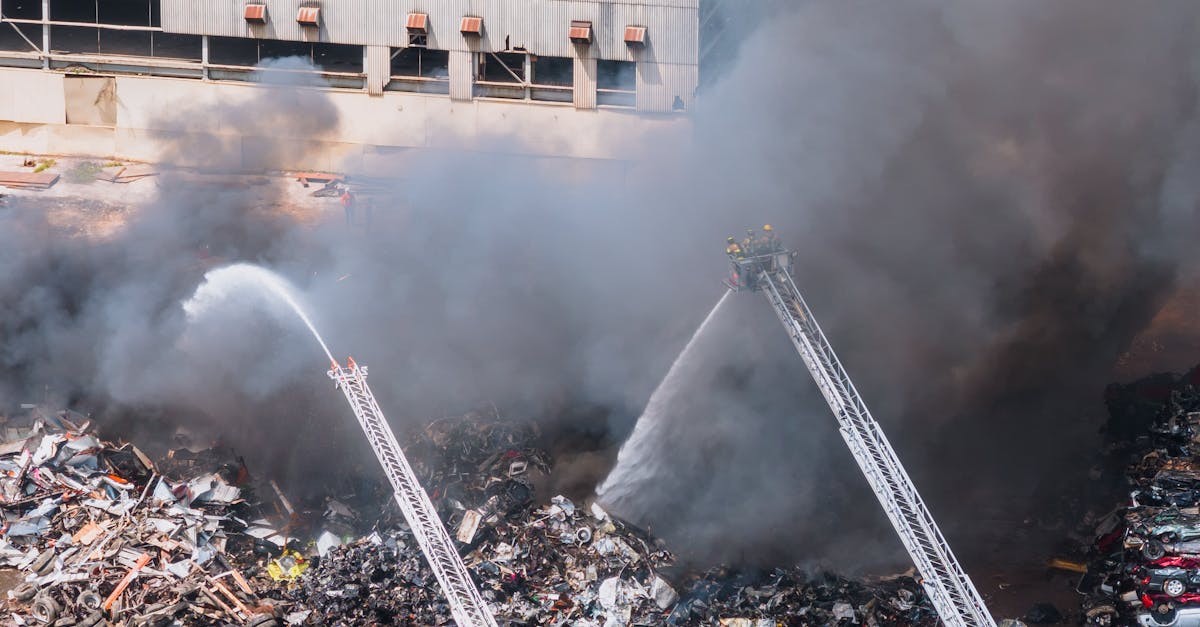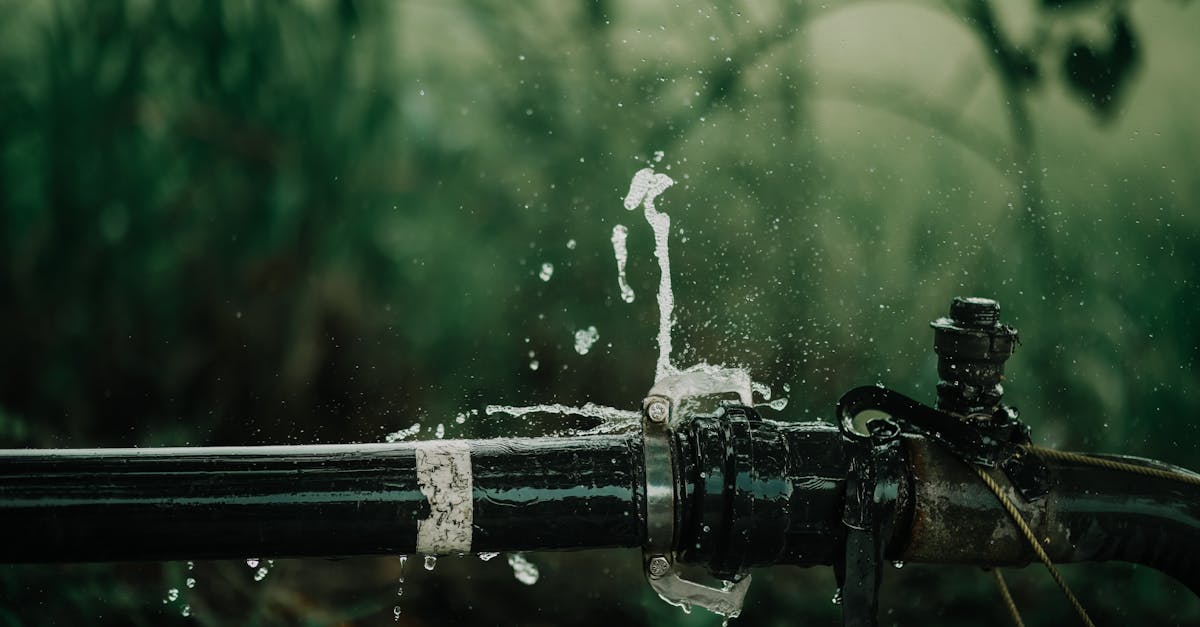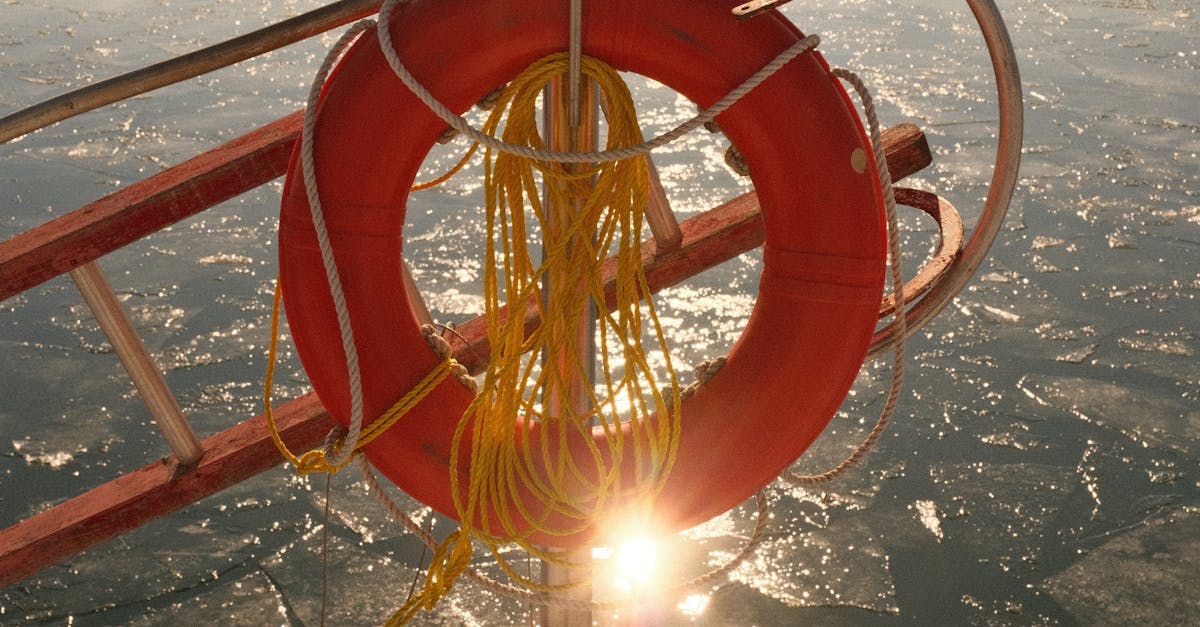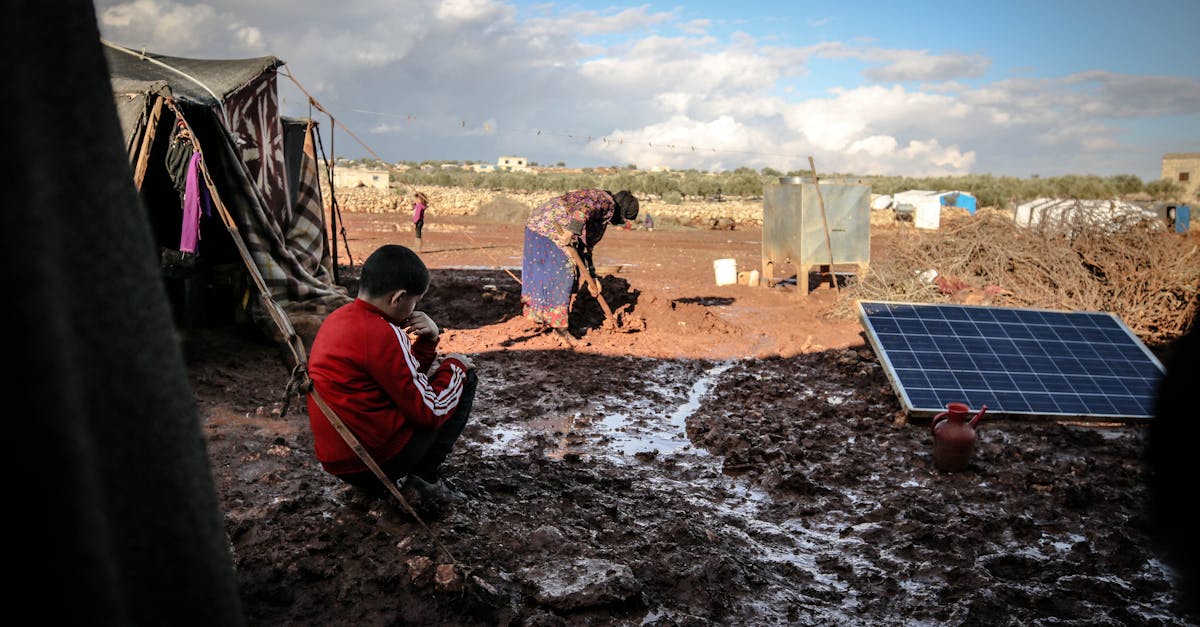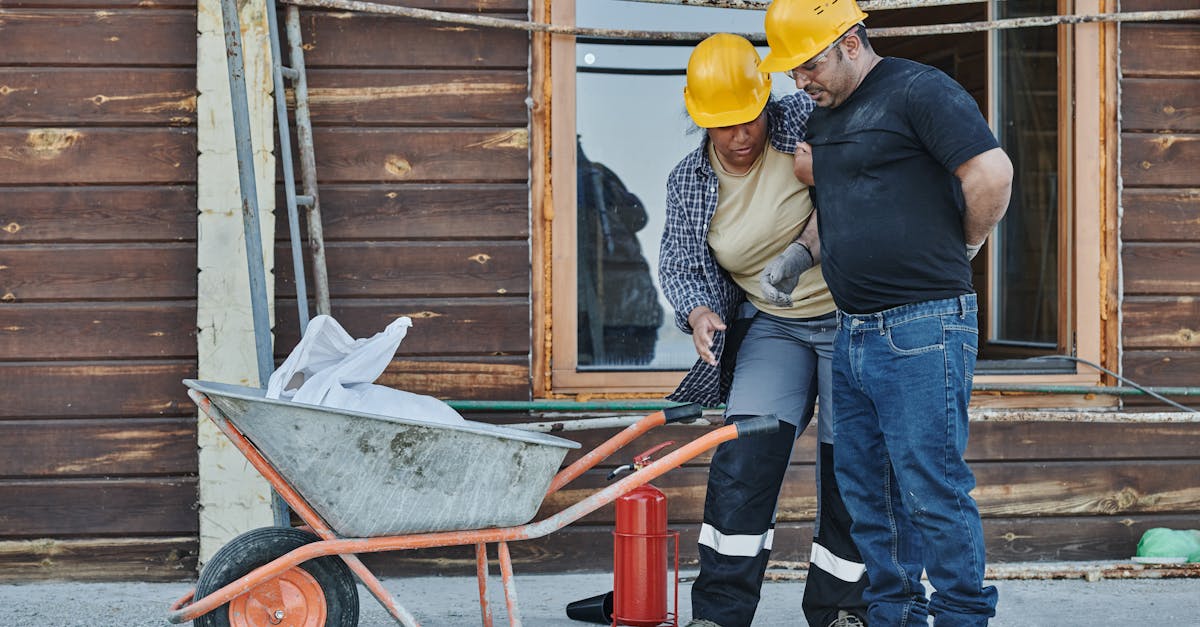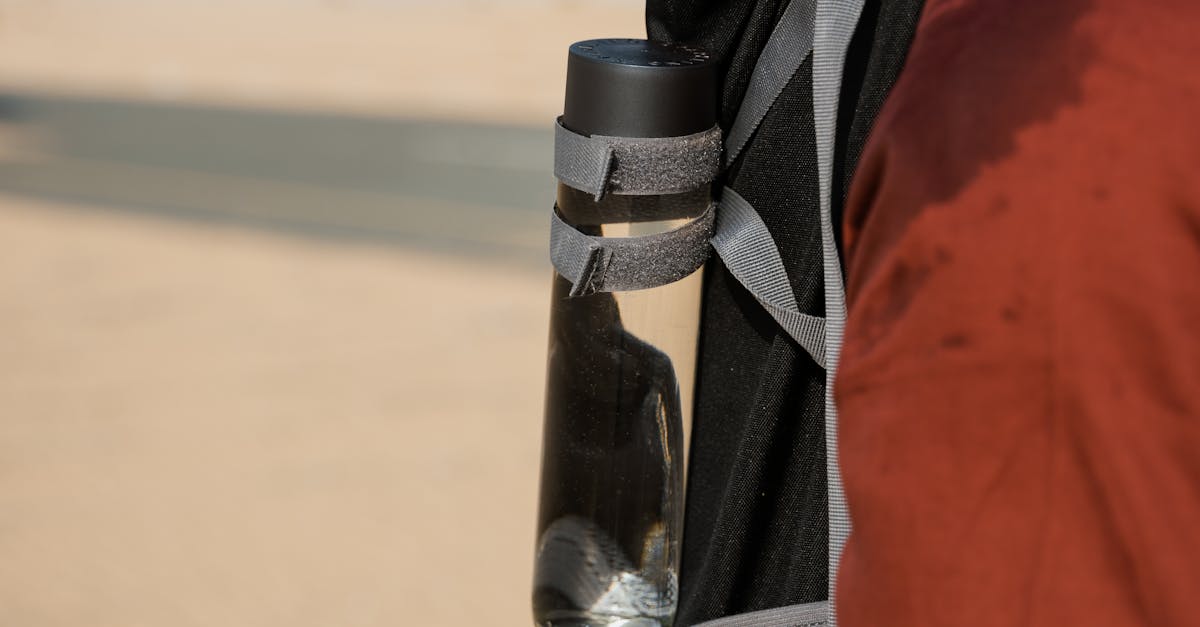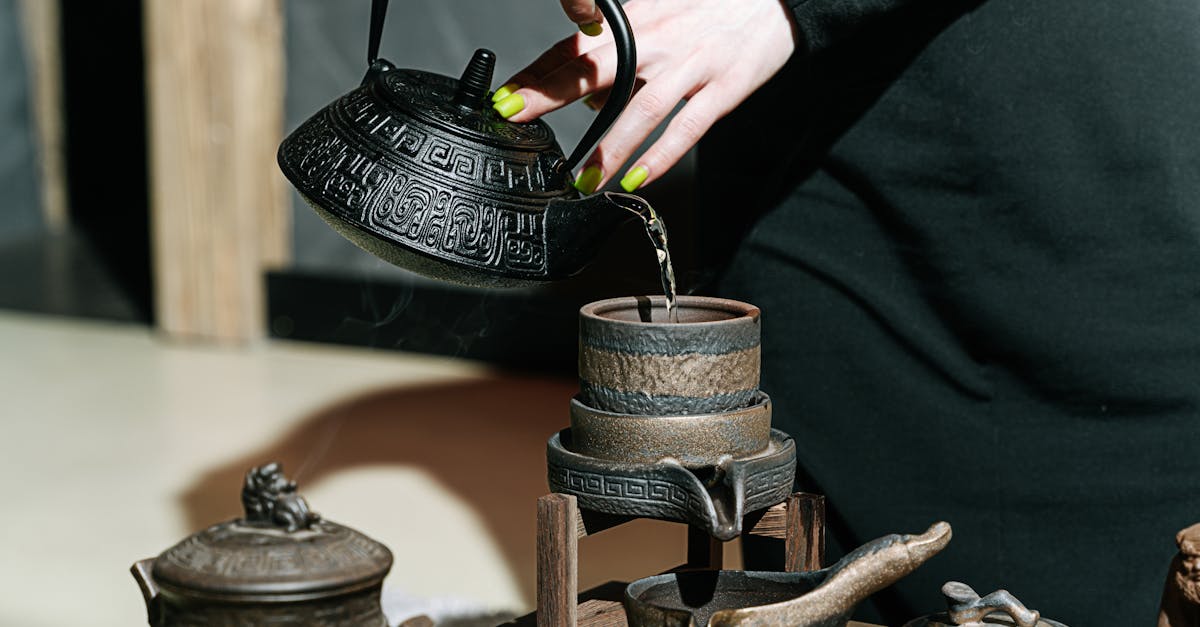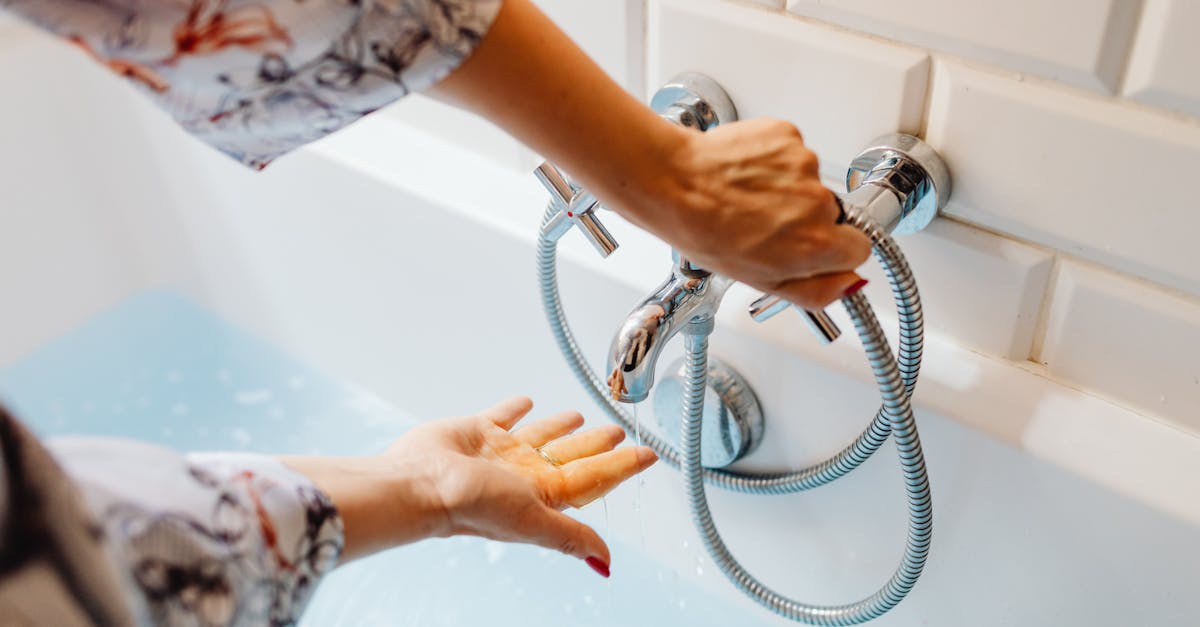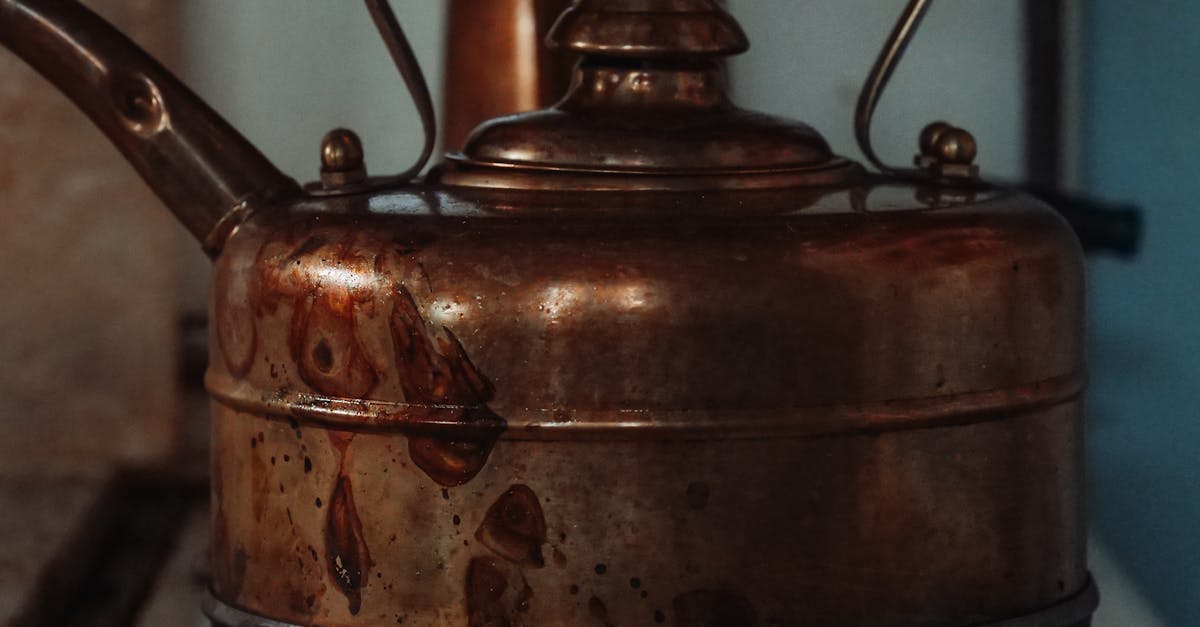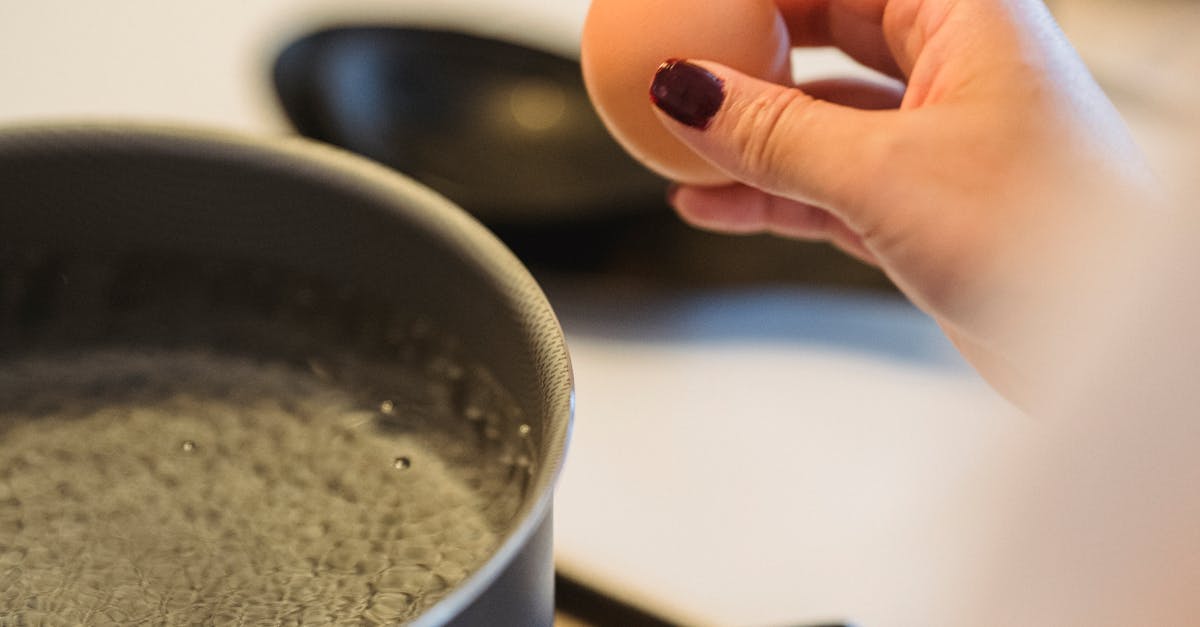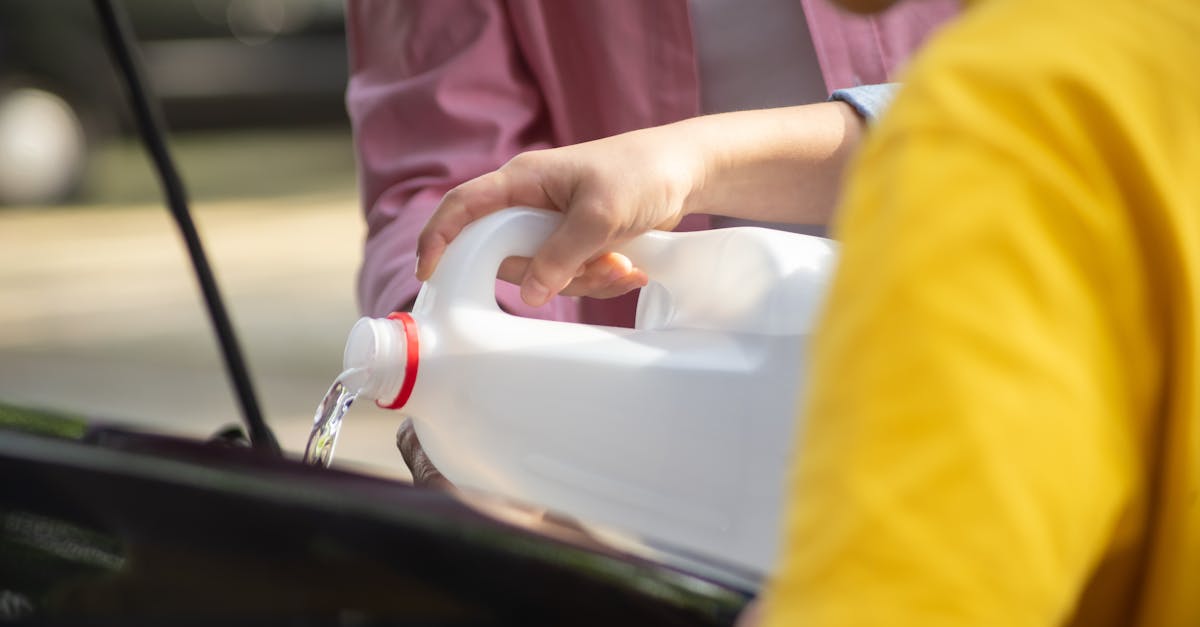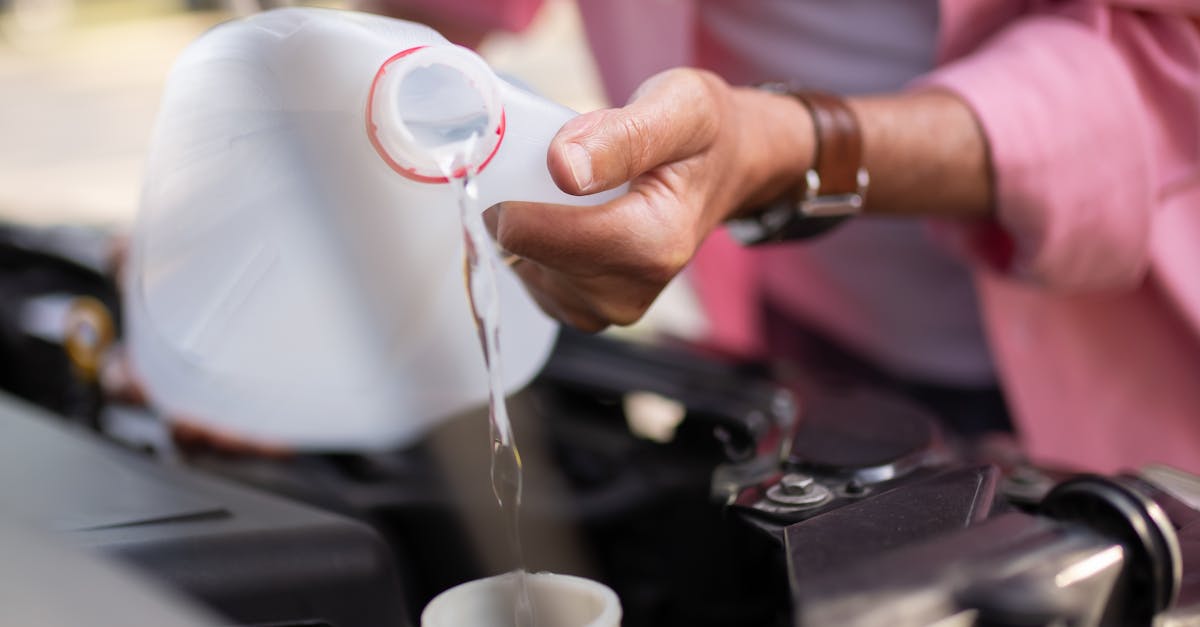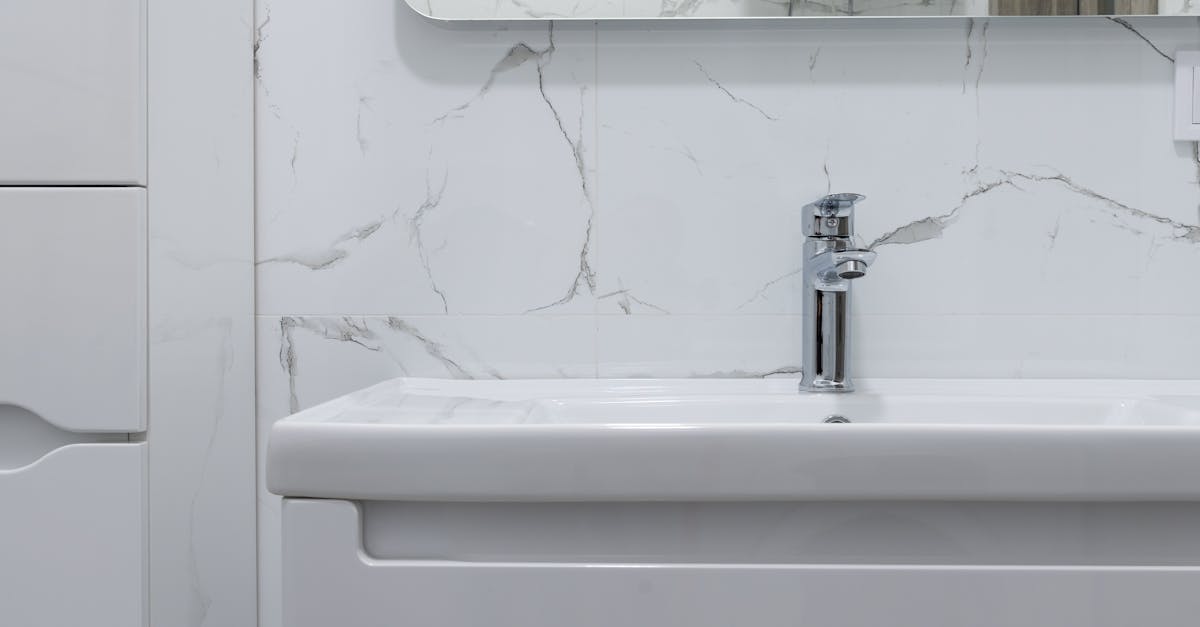
Table Of Contents
Looking for Leaks
When facing issues with hot water, it is crucial to investigate the possibility of leaks throughout your system. Leaks can occur in various places, including the pipes, connections, or even the hot water tank itself. Identifying these leaks early can help prevent further damage and minimise the need for emergency hot water repair. Look for signs such as water pooling around the heater, damp spots on walls, or drips from fittings, as these could indicate a problem that requires immediate attention.
In addition to visual inspections, listen for unusual sounds from the heater, such as hissing or bubbling. These noises may suggest the presence of air pockets caused by leaks, which can affect the efficiency of water heating. If you do find evidence of leaks, address them promptly to maintain optimal functionality. Neglecting these signs could lead to more significant issues down the line, resulting in costly emergency hot water repairs.
Common Areas Where Water Heater Leaks Occur
Water heater leaks can often be traced to a few common areas. The tank itself may develop small cracks or corrosion over time, leading to slow leaks that can accumulate unnoticed. Connections such as pipes, fittings, and valves are also frequent culprits, as these junctions may loosen or corrode, causing water to seep out. Checking these areas regularly can prevent the occurrence of larger issues that necessitate an emergency hot water repair.
Another frequent site for leaks is the pressure relief valve. This valve is designed to release excess pressure and prevent tank explosions. If it’s faulty or clogged, water can escape, often pooling around the base of the heater. Additionally, examine the temperature and pressure settings of your heater. Incorrect settings can sometimes cause leaks as well, highlighting the importance of regular maintenance to ensure everything operates efficiently, reducing the need for unexpected emergency hot water repairs.
Flushing the Hot Water Tank
Flushing the hot water tank is a crucial maintenance task that helps to prolong the life of the unit and improve its efficiency. Over time, sediment and mineral deposits can accumulate at the bottom of the tank, leading to reduced hot water production and potential issues. Conducting a flush removes these deposits, ensuring that the heater operates smoothly. Regular maintenance can also lessen the chances of needing emergency hot water repair, which can be quite costly and inconvenient.
To flush the tank, begin by turning off the power supply and cold water inlet to the heater. Attach a hose to the drain valve at the base of the tank, directing the water into a suitable drainage area. Open the drain valve slowly, allowing the water to flow out. It is advisable to periodically open the cold water inlet briefly while the drain is open, as this can help dislodge stubborn sediment. After flushing, close the drain valve, remove the hose, and refill the tank before restoring power. This process helps maintain optimal functionality and reduces the risk of unexpected breakdowns.
Importance and Method of Flushing
Flushing the hot water tank is essential for maintaining its efficiency and prolonging its lifespan. Over time, sediment and mineral deposits can accumulate at the bottom of the tank, leading to decreased performance. Not only can this cause your water heater to work harder, but it can also lead to costly damage in the long run. Regular flushing helps prevent these issues, ensuring that your system runs smoothly and efficiently.
To flush your hot water tank, first, turn off the power supply for electric models or set the gas control valve to the pilot setting. Next, attach a garden hose to the drain valve at the bottom of the tank, directing the other end to a suitable drainage area. Open the drain valve and allow the water to flow out until it runs clear, which usually takes about 20 to 30 minutes. If you encounter significant sediment build-up, consider contacting a professional for emergency hot water repair to address any underlying issues. Refill the tank once the flushing is complete, and remember to restore power or gas to the unit.
Checking the Pressure Relief Valve
The pressure relief valve plays a crucial role in maintaining the safety of your hot water system. Its purpose is to relieve excess pressure, which can build up due to the heating of water. Over time, these valves can become defective or clogged. Regular checks help ensure they are functioning correctly. If you notice any signs of leakage around the valve or unusual noises from your hot water system, it may indicate a problem that needs immediate attention.
To test the functionality of the pressure relief valve, carefully lift the lever. This action should release some water, which is normal. If no water flows or if the valve does not reseat properly, replacement may be necessary. Addressing issues with the pressure relief valve promptly is essential to prevent potential hazards. If you’re uncertain about how to proceed, consider seeking professional help for an emergency hot water repair.
Testing Functionality of the Valve
To ensure your pressure relief valve is functioning properly, start by testing it regularly. This valve plays a crucial role in maintaining the safety and efficiency of your hot water system. Begin by locating the valve on your water heater. Carefully lift the lever on the valve to release a small amount of water. If water flows freely and then stops once the lever is released, the valve is likely working as intended. However, if there is no flow or if it continues to leak, it may require attention, potentially leading to emergency hot water repair.
If you suspect the valve is faulty, consider replacing it. Over time, pressure relief valves can accumulate sediment or corrode, compromising their effectiveness. Choosing a high-quality replacement and following the manufacturer's guidance during installation can prevent further issues down the line. Regular checks can help avoid unexpected breakdowns and ensure consistent hot water supply for your household needs.
FAQS
What should I do if I notice water pooling around my water heater?
If you notice water pooling around your water heater, it’s important to check for leaks immediately. Inspect the tank, fittings, and pipes for any visible signs of water damage. If a leak is found, consider turning off the water supply and contacting a professional plumber.
How often should I flush my hot water tank?
It is generally recommended to flush your hot water tank at least once a year. This helps remove sediment buildup, improves efficiency, and prolongs the lifespan of the heater.
What is the purpose of a pressure relief valve on a water heater?
The pressure relief valve is a safety feature designed to release excess pressure from the water heater. This prevents the tank from bursting due to excessive pressure buildup, which can occur if the temperature or pressure exceeds safe levels.
How can I test if the pressure relief valve is functioning properly?
To test the pressure relief valve, carefully lift the lever on the valve to release a small amount of water. The valve should open and allow water to flow out. If it doesn’t, or if water continues to leak after the lever is closed, it may need to be replaced.
What should I do if my hot water heater is still not working after checking for leaks and flushing the tank?
If your hot water heater is still not functioning after performing these checks, it may be best to consult a professional technician. They can diagnose potential issues, such as electrical problems or thermostat failures, and recommend the appropriate repairs.

